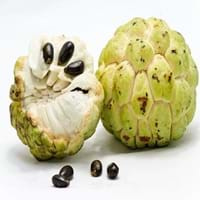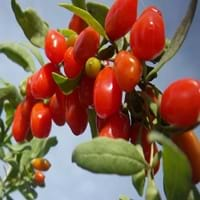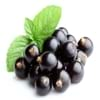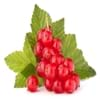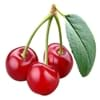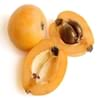Health Benefits
Cancer prevention, Heart care, Regulation of heart rate
Anti-oxidant properties, Eye care, Helps in cartilage regeneration, Regulates Blood Sugar, Treatment of osteoarthritis
General Benefits
Anti oxidant properties, Anti-inflammatory properties, Boosts immune system, Controls blood pressure, Digestive aid, Strengthens bones
Boosts immune system, Digestive aid
Skin Benefits
Reduces wrinkles, Skin rejuvenation
Anti-aging benefits, Reduces wrinkles, Treatment of skin diseases
Hair Benefits
Promotes longer and healthier hair, Treatment of dandruff, Treatment of Lice
Protects hair, Regulates hair growth
Allergy Symptoms
Anaphylaxis, Itching, Skin rash, Swelling of face
Anaphylaxis, Itching, Sneezing, Wheezing
Side Effects
Allergic reaction, Possibly unsafe during pregnancy
May interact with some drugs
Best Time to Eat
As a snack in the late afternoon, Don't consume at night and before bed, Morning time (before lunch)
Any time except an hour after meal, Don't consume at night and before bed
Vitamin A (Retinol)
Not Available
Vitamin B5 (Pantothenic Acid)
Vitamin C (Ascorbic Acid)
Vitamin K (Phyllochinone)
Not Available
Phytosterol
Not Available
Calories in Fresh Fruit with Peel
Not Available
Calories in Fresh Fruit without Peel
Not Available
Calories in Frozen Form
Not Available
Calories in Dried Form
Not Available
Calories in Canned Form
Not Available
Not Available
Calories in Juice
Not Available
Calories in Jam
Not Available
Calories in Pie
Not Available
Season
Autumn, Spring, Winter
Autumn
Varieties
Andrews, Amarilla, Asca, Baste, Bays, Bayott, Behl, Canaria, Capucha, Deliciosa, Ecuador, El Bumpo, Guayacuyán, Jete, Juniana, Knight, Nata, Popocay, Sander, Smoothey, Tumba, Umbonada, Whaley and White Juliana
No Types
Color
Green, Yellow
Scarlet red
Inside Color
White
Orange
Taste
Sweet
Slightly bitter, Tart
Soil Type
Sandy loam
Well-drained
Climatic Conditions
Warm
Cold, Hot
Facts about
- Cherimoya is also called as custard apple or chirimoya.
- The word cherimoya came from the Quechua word,'chirimuya',which means 'cold seeds'.
- The cherimoya is called as 'the tree of ice cream'.
- Study says a man named Li Qing Yuen used to eat goji berries daily and lived for 252 years.
- They are also known as wolfberries in India & China.
- This fruit is used for spiritual purposes at many places.
Other Countries
Argentina, Chile, Colombia, Egypt, Italy, Mexico, Peru, South Africa, United States of America
Canada, France, India, United States of America
Top Importer
United States of America
United States of America
Botanical Name
Annona cherimola
Lycium barbarum
Synonym
Not Available
Wolfberry
Subkingdom
Tracheobionta
Tracheobionta
Division
Magnoliophyta
Unknown
Class
Magnoliopsida
Unknown
Subclass
Magnollidae
Asteridae
Order
Magnoliales
Solanales
Family
Annonaceae
Solanaceae
Species
A. cherimola
L. barbarum
Generic Group
Not Available
Not Available
Difference Between Cherimoya and Gojiberry
We might think that Cherimoya and Gojiberry are similar with respect to nutritional value and health benefits. But the nutrient content of both fruits is different. Cherimoya and Gojiberry Facts such as their taste, shape, color, and size are also distinct. The difference between Cherimoya and Gojiberry is explained here.
The amount of calories in 100 gm of fresh Cherimoya and Gojiberry with peel is Not Available and 32.00 kcal and the amount of calories without peel is 75.00 kcal and Not Available respectively. Thus, Cherimoya and Gojiberry belong to and category.These fruits might or might not differ with respect to their scientific classification. The order of Cherimoya and Gojiberry is Magnoliales and Solanales respectively. Cherimoya belongs to Annonaceae family and Gojiberry belongs to Solanaceae family. Cherimoya belongs to Annona genus of A. cherimola species and Gojiberry belongs to Lycium genus of L. barbarum species. Beings plants, both fruits belong to Plantae Kingdom.
